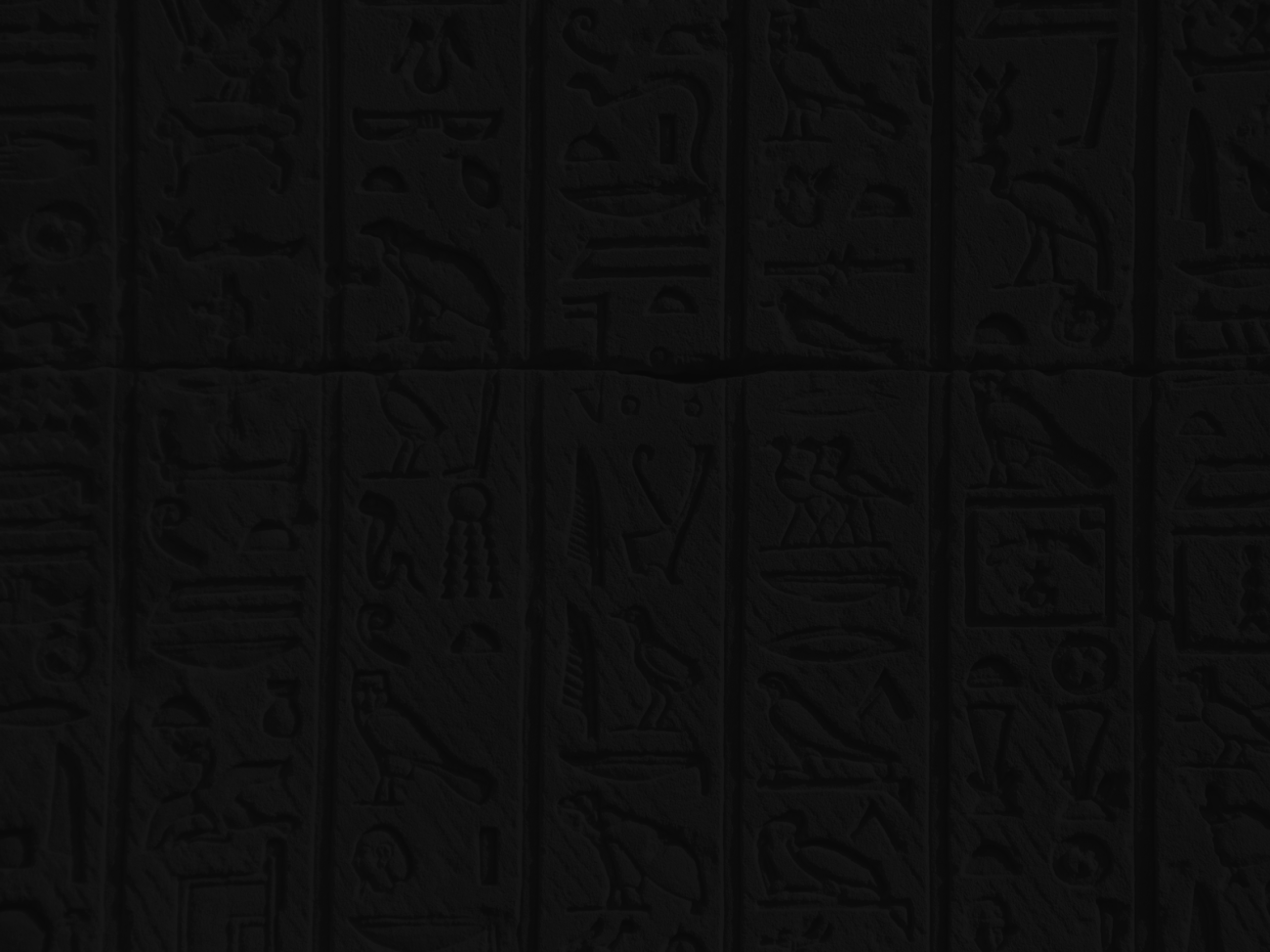Morphosyntactic variation in Bantu: Typology, contact and change


Overview
This Leverhulme-funded research project is housed in the Linguistics Department at SOAS under the direction of Professor Lutz Marten as Principal Investigator.
The project, which runs from September 2014 to February 2018, includes a post-doctoral research assistant (Rozenn Guérois), and a project PhD student (Francisca Everduim), as well as a group of affiliated researchers (Hannah Gibson, Chege Githiora and Teresa Poeta) and external Project Advisors (Jenneke van der Wal, Rebecca Grollemund and Koen Bostoen).
The project will explore linguistic similarities within a sample of Bantu languages, a group of about 450 languages spoken in Eastern, Central and Southern Africa which constitute an ideal testing ground for language comparison. It aims to demonstrate how the structures of different Bantu languages have been shaped by the interaction of processes of historical innovation, language contact, and universal functions of human language.
It adopts a new approach to Bantu classification by working with grammatical (mophosyntactic) data (rather than lexical or phonological data), and aims to shed light on the intricate interaction between language change and contact within (rather than across) one genetic family. In particular, it probes the hypothesis that Bantu languages are both a genetic unit and a linguistic area and aims to show how the two processes of change and contact lead to different effects.
Aims
The specific aim of the project is the development of a comprehensive typology of Bantu morphosyntax, using comparative-historical, sociolinguistic-ethnographic and quantitative methods, with the objectives of:
- Developing a set of descriptive parameters to systematically study morphosyntactic variation in Bantu
- Charting the extent of variation based on selected data from the literature and collected through fieldwork
- Developing analyses and explanations of variation in terms of typological correlations, language change and language contact
The project will address the question to what extent similarity and differences between Bantu languages are due to:
- Common historical origin, at some fairly remote point in time
- More recent periods of language and cultural contact
- Cognitive or functional constraints on the way language is structured and used




